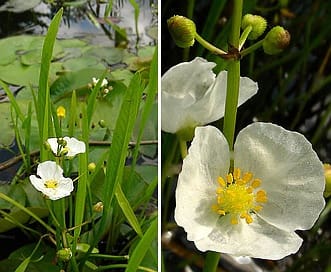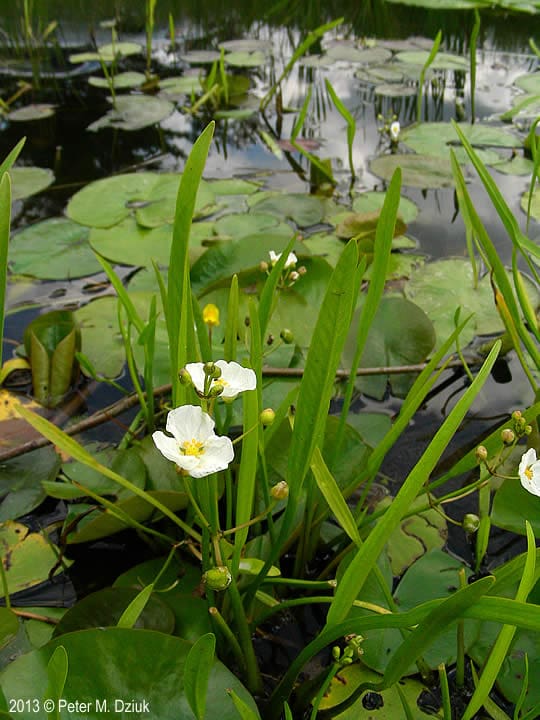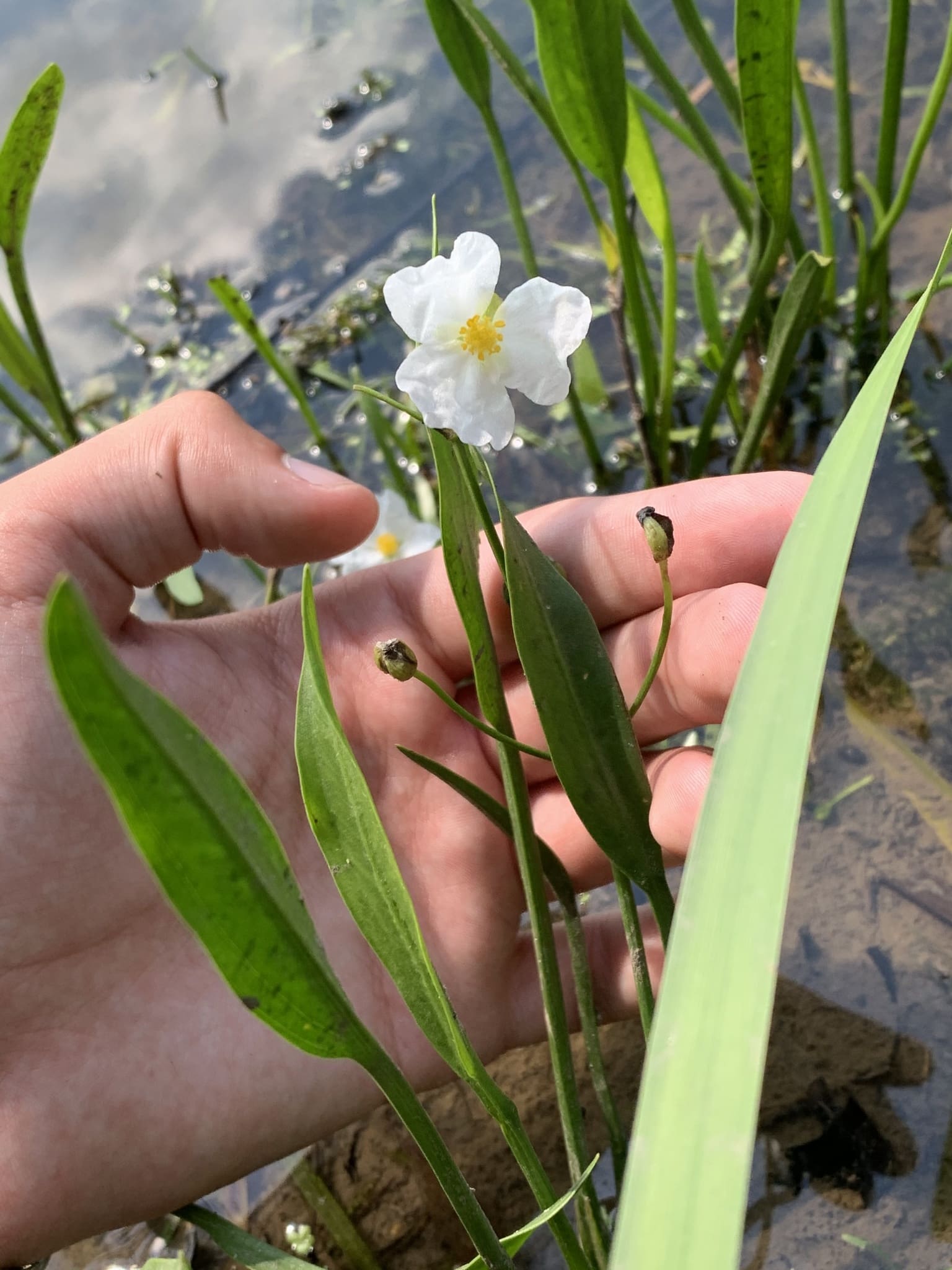The crested arrowhead, a species of perennial aquatic plants, often forms an intricate element in the life cycle of certain ecosystems. As you delve into this article, you will understand the distinct characteristics of this plant, its habitat, and the vital role it plays in preserving the balance of aquatic life. This article also highlights its cultivation process and the primary uses it is attributed which range from ornamental beauty to medicinal purposes. Thus, your exploration of the world of aquatic flora begins here, under the broad umbrella of the crested arrowhead.

Overview of the Crested Arrowhead
The Crested Arrowhead is one of the aquatic plants you might encounter if you’re interested in botany or exploring wetlands ecosystems. Belonging to the Arrowhead genus, this plant possesses a rich history and significance in many cultures.
Identification features
On crossing path with the Crested Arrowhead, you can identify it by its unique, arrowhead-shaped leaves. Vibrant green with a glossy appearance, the leaves showcase a well-defined vein network that offers a delicate pattern. The plant blossoms exhibit white star-shaped flowers, often with three petals, which can be another point of identification.
Scientific name and classification
The scientific name for the Crested Arrowhead is Sagittaria montevidensis. Sagittaria pertains to the genus while montevidensis points to the specific species. It belongs to the family Alismataceae, an amassment of aquatic and semi-aquatic plants.
Common names and synonyms
The Crested Arrowhead has several common names that vary based on region and culture. Some of the synonyms include California arrowhead, Montevidensis Arrowhead, and Hooded arrowhead among others.
Origins and Natural Habitat
The Crested Arrowhead has an impressive geographical footprint owed to its adaptability.
Geographical range and regions
You can find the Crested Arrowhead spanning across different continents from the Americas, widespread through North and South, to African territories such as Madagascar.
Common habitats where the plant is found
Favoring wetland environments, the Crested Arrowhead is found in swamps, pond margins, and along streams. Its capacity for survival in both still and slowly moving water bodies adds to its prevalence in these settings.
Climate and environmental conditions preferred
For optimal growth, the Crested Arrowhead prefers a relatively warmer climate. It’s observed to thrive in areas with full sunlight exposure and prefers marshy or wet soil.

Growth and Development
The development cycle of the Crested Arrowhead is fascinating to observe.
Seasonal growth patterns
This perennial plant exhibits active growth during the late spring and summer months before slowly subsiding its vigor towards late autumn.
Transitional stages from seed to maturity
From seeds, the Crested Arrowhead evolves to a seedling stage where the first true leaf appears. As it further develops, more leaves and eventually flowers begin to show.
Factors affecting the growth and health of the plant
Several aspects can affect the growth of the Crested Arrowhead. Sunlight, water depth, soil quality, and temperature are paramount. Additionally, the presence of pests and disease can influence its health.
Anatomy and Morphology
The Crested Arrowhead has distinct anatomical and morphological traits.
Leaf structure and arrangement
The leaves form a rosette and are categorically “sagittate,” that is, shaped like an arrowhead. They are typically arranged in an alternate fashion around the stem.
Flower anatomy
The flowers are borne in whorls on a simple scape, generally with three white petals and a yellowish base, creating a striking contrast.
Root system characteristics
The plant has a robust rhizomatous root system enabling it to propagate both vegetatively and through seeds.
Size and shape of the plant body
The Crested Arrowhead can grow up to a height of 1-2 feet, with its leaves standing erect or floating on the water surface. The plant body forms a rosette shape.

Reproductive System and Strategies
The Crested Arrowhead has fascinating strategies for reproduction.
Types of reproductive units
There are two primary modes of reproduction – vegetative spread through the rhizomes and sexual reproduction through seeds.
Pollination and fertilization mechanism
The Crested Arrowhead flowers can be cross-pollinated, often aided by insects like bees that play a role in transferring pollen.
Seed dispersal methods
Seed dispersal for the Crested Arrowhead mainly occurs through water movement, with the ability for the seed to float supporting this mechanism.
Species Variations and Hybrids
Variations of the Crested Arrowhead exist, either through natural evolution or man-made propagation.
Identifying features of the variants
While sharing similarities with the primary species, variants often exhibit distinct leaf shapes or flower features.
Geographical range and habitats of the hybrids
Variants and hybrids can have extended or limited geographical range and might display varying habitat preferences.

Role in the Ecosystem
The Crested Arrowhead, on its part, posses’ tangible contributions to the ecosystem where it thrives.
Interactions with other species in the ecosystem
The plant can provide food and habitat to various wildlife species. Its seeds are a source of nutrition for water birds, and its dense growth can provide cover for small aquatic animals.
Contribution to the nutrient cycle
The decaying plant matter of Crested Arrowhead contributes organic matter to the ecosystem, thereby enriching it with nutrients.
How it maintains water quality
By absorbing excess nutrients and stabilizing sediments, the Crested Arrowhead plays a key role in improving water quality and preventing soil erosion.
Economic and Cultural Importance
Not only environmentally, but the Crested Arrowhead also offers value to various economies and cultures.
Uses in traditional medicine and herbal remedies
Some cultures utilized Crested Arrowhead in traditional medicine and herbal remedies, often for treating indigestion and other minor ailments.
Significance in art, folklore, and religion
The plant’s distinct shape is an inspiration in art and has cultural significance in various folklores or religious rituals.
Commercial and industrial uses
The Crested Arrowhead’s aesthetic appeal makes it a popular choice in horticulture for decorating ponds and water gardens.

Conservation and Threats
Despite its adaptability, the Crested Arrowhead faces challenges which threaten its survival.
Status on the IUCN Red List
The IUCN status of the plant varies based on regions and sub-species.
Threats to the population and habitat
Climate change, habitat destruction, invasion of alien species, and overharvesting are some global threats that impact its population and habitat.
Conservation strategies and regulations around the world
Several national and international agencies are employing conservation strategies. Regulations are in place to safeguard its habitat and prevent over-utilization.
Cultivation and Care
For cultivation, the Crested Arrowhead requires a certain degree of understanding and care.
Ideal conditions for cultivation in gardens and ponds
Ideal conditions for successful cultivation often mimic the plant’s natural habitat – a sunny spot with plenty of water.
Pruning and maintenance techniques
Periodic pruning promotes denser growth, while vigilance against pests and diseases is mandatory.
Disease resistance and common pests
While a hardy plant, the Crested Arrowhead can be vulnerable to some aquatic pests and fungal diseases. Regular check-ups can help maintain its well-being.
Arming yourself with this knowledge about the Crested Arrowhead, you can potentially identify, cultivate or work towards the conservation of this beautiful aquatic plant. Its silent perseverance over centuries, blossoming in aquatic gardens, stands as a testament to nature’s extraordinary adaptability and aesthetic finery.